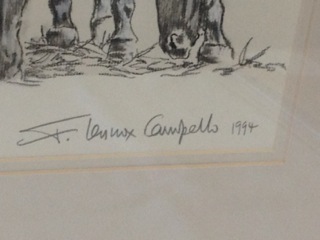WAVERLY STREET GALLERY
presents
KANIKA SIRCAR
MapQuest:
new work in clay
November 8 – December 3, 2016
Reception: Friday, November 11th, 6 – 9 pm
Artist Talk: Saturday, November 19th, 3 pm
Meet the Artist: Saturdays during the show
Kanika Sircar makes use of maps and texts as central images in her sculptural vessels and tiles. Prints of charts and excerpts of poetry are layered over slips, stains and pencil drawings. Maps are employed to evoke both certainty and doubt, pointing to where we assume we are and the arbitrary nature of that assumption. Thought provoking and beautiful, her pieces variously reference Vedic cosmography, diagrams of the Copernican universe, drawings of Martian topography, and the documents and plans of India’s partition.
4600 East West Highway
Bethesda, MD 20814
(301)951-9441
Gallery Hours: Tues – Sat, 12 – 6 pm













